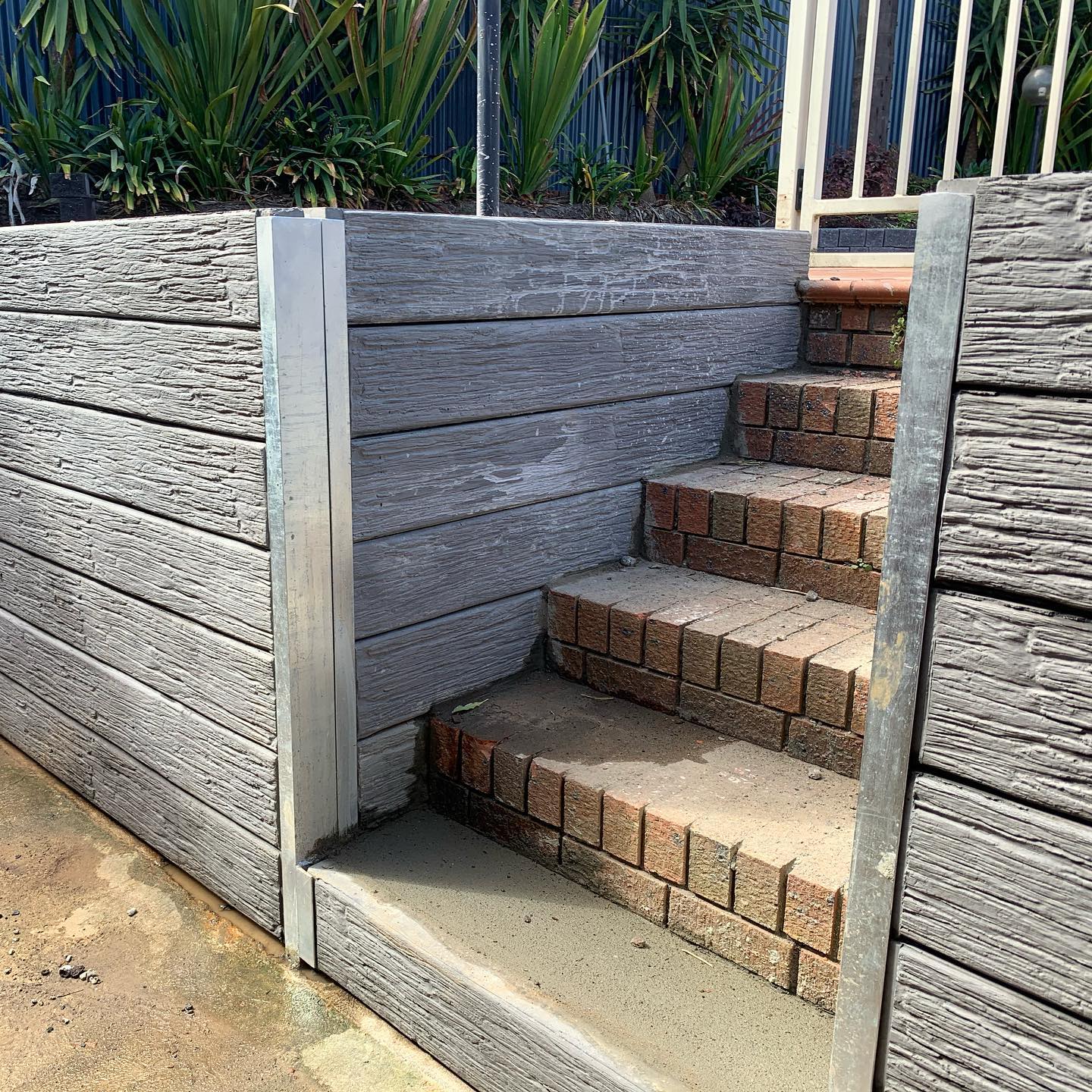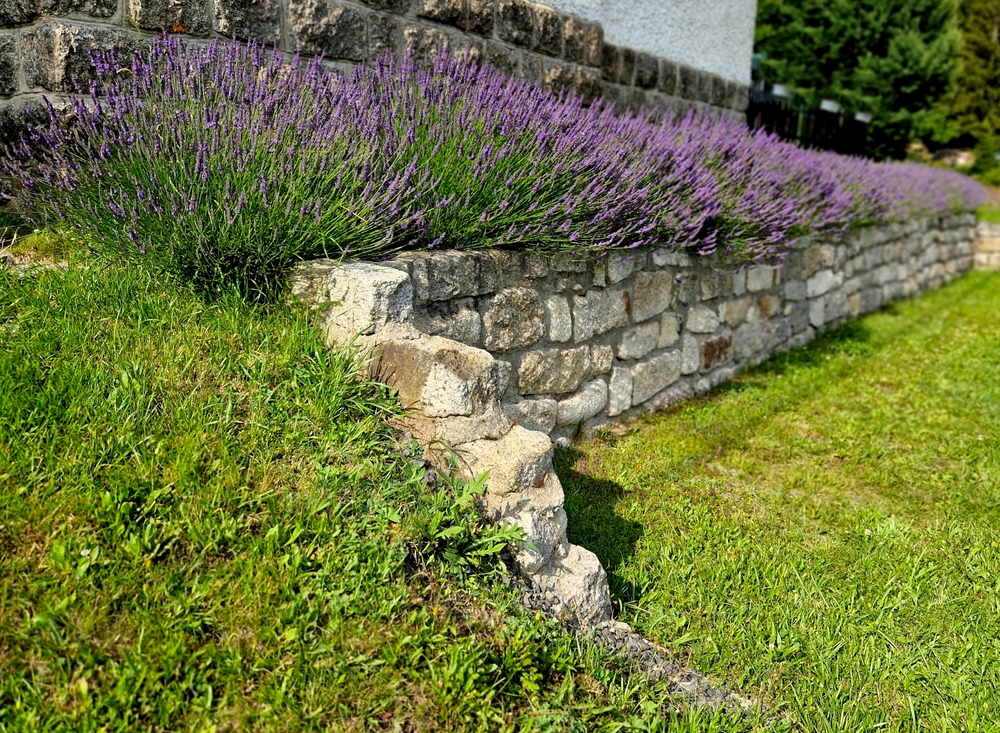Retaining walls are more than just functional landscape features. They offer a powerful combination of structural support, erosion control, and design versatility. Whether you are working with sloped terrain, managing stormwater runoff, or creating defined spaces in your yard, retaining walls can deliver both form and function. However, building one is not as straightforward as stacking a few blocks. From choosing the right type and materials to understanding drainage, aesthetics, and long-term maintenance, there are several key considerations to weigh before getting started. This guide explores everything homeowners need to know before installing a retaining wall, helping ensure your project adds value, beauty, and stability to your property.

Retaining walls are built structures that hold back soil and prevent it from shifting or eroding. Commonly used in landscaping and construction, these walls help create level surfaces on sloped terrain, manage water runoff, and enhance the appearance of outdoor areas.
For homeowners, retaining walls can serve both practical and visual purposes. They can help protect against soil movement that leads to erosion or even landslides, especially in areas with unstable ground. Additionally, a well-designed retaining wall can increase the usable space in a yard, offer seating options, improve drainage, and create clear borders between garden beds, lawns, or other landscape features.
When installed correctly, retaining walls can also boost property value by improving the overall look and functionality of a yard. A well-designed wall can make outdoor areas more usable and visually appealing, which may leave a stronger impression on potential buyers. With the right materials and proper planning, a retaining wall can be both a smart investment and a standout feature in your landscape.
There are several types of retaining walls, each suited to different landscapes, soil conditions, and design preferences. Understanding the options available helps you choose the best structure for your property’s needs and terrain.
Gravity Walls rely on their own weight to hold back soil. Often made from stone, concrete, or large blocks, these walls are ideal for smaller heights and can be shaped to fit curved or tiered designs.
Gabion Walls consist of wire cages filled with rock or rubble. They are exceptionally strong, flexible, and permeable, making them a great choice for areas with drainage concerns or steep slopes.
Timber Walls use treated wooden posts and planks to retain soil. These offer a natural look and can be a cost-effective solution, although they may require more maintenance over time.
Sheet Pile Walls are built from steel, vinyl, or timber sheets driven vertically into the ground. They are commonly used in tight spaces or near water where soil is soft or saturated.
Crib Walls are open, interlocking concrete or timber structures that are filled with crushed stone or soil. They offer excellent drainage and are suited for medium-height applications.
Stabilised Soil Block Walls are made using compressed blocks of soil, clay, and other stabilisers. These walls are eco-friendly and well suited to sites where sustainability is a priority.
Each type of wall has specific strengths and limitations. Selecting the right one depends on your soil conditions, budget, aesthetic goals, and how much space is available for construction.
Retaining walls offer a wide range of benefits that go beyond simply holding back soil. When properly designed and installed, they can add long-term value, function, and appeal to your outdoor space.
One major benefit is the added structural support. Retaining walls help stabilise sloped land, preventing soil movement that can lead to erosion or property damage. This is especially important in areas prone to heavy rainfall or water runoff. By redirecting water flow and reducing pressure on the landscape, these walls contribute to better drainage and help maintain the integrity of your garden or yard.
Retaining walls also expand usable space. They can transform steep, uneven terrain into flat, functional areas for patios, lawns, garden beds, or seating zones. In doing so, they improve the overall layout and accessibility of your outdoor space.
From a visual standpoint, retaining walls can frame garden areas, introduce clean lines, and break up large open spaces. With various materials and design options available, they can be built to match the style of your home and create a cohesive landscape design.
Beyond their visual appeal, retaining walls offer essential structural benefits that help protect both your property and the surrounding environment. One of the most important functions is their ability to resist soil movement and stabilise slopes, which is especially valuable on properties with uneven or steep terrain.
By holding soil in place, retaining walls prevent erosion that could otherwise wash away garden beds, expose foundations, or cause damage to nearby structures. They also play a key role in managing stormwater by redirecting runoff and reducing the risk of flooding in low-lying areas.
In some locations, retaining walls can act as a barrier against landslides or slippage caused by saturated ground. With proper engineering and material selection, these walls provide lasting protection and reduce the long-term risks associated with shifting soil.
It is important to have a retaining wall designed and installed by qualified professionals. This ensures that the structure meets the necessary standards for height, load-bearing capacity, and drainage, helping to prevent future issues and maintain the safety of your outdoor space.
Retaining walls also play an important role in improving safety around your property. On sloped or uneven land, these structures can help prevent hazards such as mudslides, soil slippage, or sudden erosion that could put people and buildings at risk.
By managing how water flows and stabilising loose soil, retaining walls reduce the chance of flooding in vulnerable areas. This helps protect homes, pathways, and gardens from water damage, particularly during storms or heavy rain.
They can also contribute to quieter outdoor areas by acting as a sound barrier, especially along roads or steep driveways. In addition, retaining walls can be designed to create safer walkways, garden beds, or seating areas by clearly defining zones and providing level, stable ground.
To ensure safety, it is important that retaining walls are built to professional standards. This includes securing the right permits, choosing appropriate materials, and working with experienced contractors. A properly constructed wall not only protects your property but gives you peace of mind that the structure is strong, durable, and built to last.

Retaining walls do more than provide support. They also enhance the overall appearance of your landscape. A well-designed wall can serve as a standout feature that brings structure, texture, and visual interest to your outdoor space.
With a wide range of materials available, such as natural stone, timber, or concrete blocks, retaining walls can be tailored to match the style of your home. Whether you prefer a modern, clean-lined look or something more rustic and natural, the right design can help bring your landscaping ideas to life.
These walls also open up new landscaping possibilities. You can integrate garden beds, terraces, or built-in seating into the design. When paired with plants, lighting, or decorative stonework, a retaining wall can become a key visual element that adds charm and character to your yard.
For properties with large or open areas, retaining walls help create definition. By introducing levels or raised sections, they add variety to the layout and make the space feel more structured and well-planned.
Retaining walls can contribute positively to the environment by helping manage water flow and reduce erosion. On sloped properties, rainwater can easily carry away topsoil and nutrients. A retaining wall helps slow down this runoff, keeping the soil in place and protecting nearby plant life.
By controlling erosion, these walls also help reduce sediment entering stormwater drains, creeks, or rivers. This is important for maintaining water quality and protecting local ecosystems. In some cases, retaining walls can also help preserve native vegetation by supporting the natural layout of the land rather than flattening or altering it.
Additionally, well-designed walls can assist with water management by encouraging better drainage. Some designs include built-in drainage systems that help filter water into the ground more gradually, reducing the risk of pooling or surface flooding.
When used as part of a responsible landscaping approach, retaining walls can support the health of your garden and contribute to a more sustainable outdoor space.
Selecting the right type of retaining wall is essential to ensure it meets both the practical and visual needs of your property. The decision will depend on factors such as soil conditions, slope steepness, space available, design preferences, and local council regulations.
Common material options include natural stone, concrete blocks, and timber. Natural stone offers a timeless and durable look, but it often comes at a higher cost and may require council approval for permanent structures. Concrete blocks are widely used for their strength and uniform appearance. They are ideal for creating a clean, modern look. Timber is a more affordable option and works well for low walls, though it may need more maintenance over time.
In addition to material choice, think about the long-term performance of the wall. Durability, drainage, and structural stability all need to be considered. Some walls may require reinforcement or drainage systems behind them to prevent future movement or water buildup.
Aesthetics also matter. The right wall can enhance the style of your garden and tie together outdoor features. Whether you want to make a statement or blend the wall into the background, there are plenty of design options to suit your preferences.
Before building, check any council requirements, particularly for walls above a certain height. Working with experienced professionals ensures the wall is safe, compliant, and built to handle your site conditions.
Proper installation is critical to the performance and longevity of any retaining wall. It begins with careful planning, site preparation, and selecting the right materials for your specific conditions. A level and stable base must be created first, usually by excavating and compacting the soil. This foundation helps prevent movement and supports the weight of the wall above.
Depending on the wall type, construction may involve stacking concrete blocks, placing timber posts, or laying natural stone. For walls made from stone or block, additional features like geogrid reinforcement or drainage pipes may be required to manage water pressure and ensure stability. Timber walls may need to be anchored with posts and treated to resist decay. For larger or more complex walls, hiring experienced professionals is strongly recommended.
Once installed, regular maintenance will keep your retaining wall in good condition. Look out for signs of cracking, leaning, or erosion around the base, as these may indicate underlying issues that need to be addressed. Clear any blocked drainage systems and remove vegetation that could interfere with the structure. Wooden walls may need resealing or replacement of damaged planks, while mortar joints in stone or concrete block walls should be checked and repaired as needed.
By investing in proper construction and ongoing upkeep, your retaining wall can remain strong, attractive, and functional for many years.
Retaining walls offer a practical solution for managing sloped land while adding structure and visual appeal to outdoor spaces. From improving drainage and preventing erosion to creating more usable areas in your yard, the right wall can make a lasting difference. By understanding your site conditions, choosing suitable materials, and following local regulations in Victoria, you can ensure your retaining wall is both functional and long-lasting. With careful planning and proper installation, it's an investment that benefits your property for years to come.